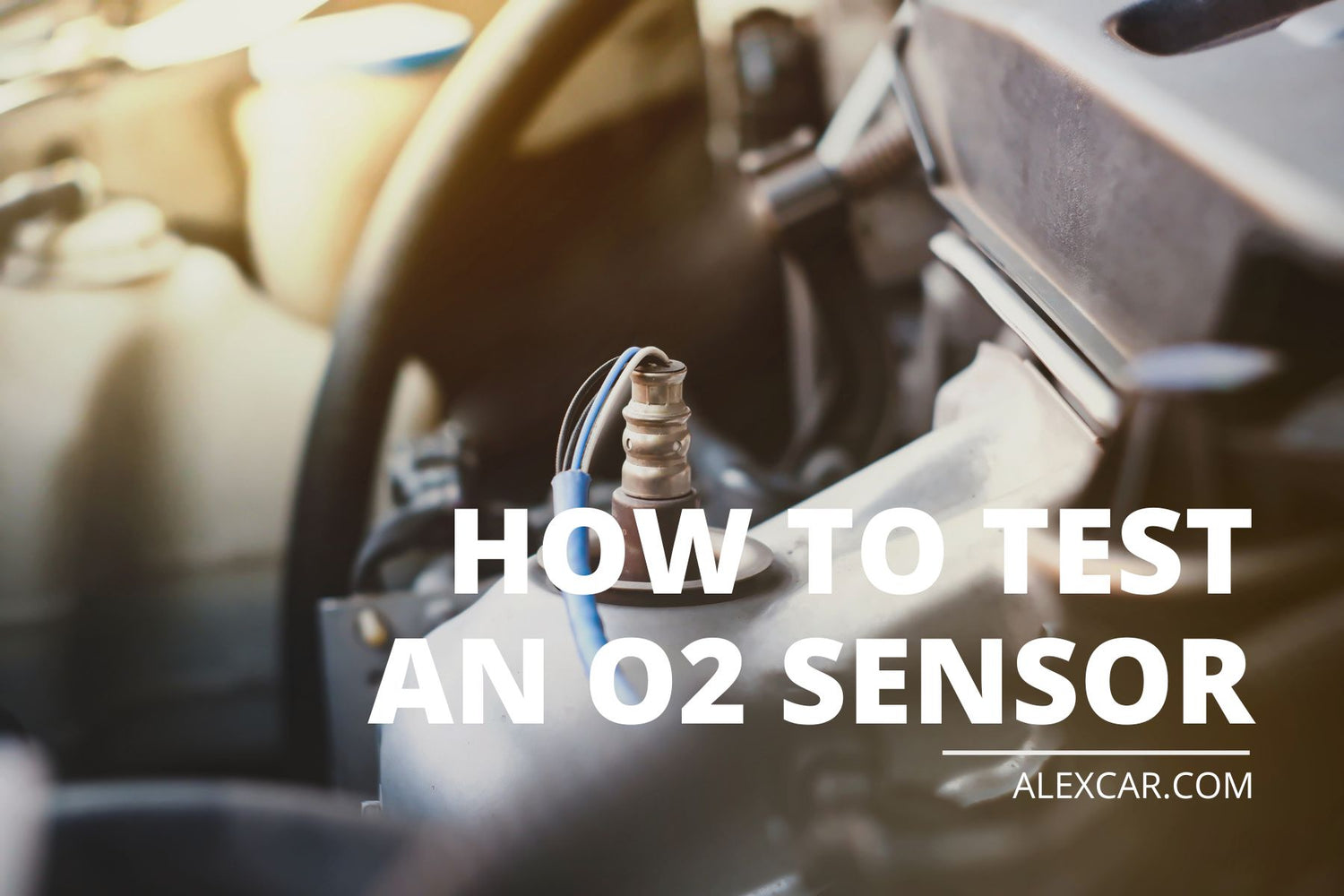Are you concerned that your vehicle's O2 sensor may be malfunctioning? A faulty oxygen sensor can lead to reduced fuel efficiency, increased emissions, and potential damage to other components like the catalytic converter. In this comprehensive guide, we'll walk you through the steps on how to test O2 sensor function using a multimeter, so you can diagnose issues and determine if a replacement is necessary. Let's dive in and ensure your car is running optimally to save you money and hassle down the road.
Why Testing Your O2 Sensor Matters
Before we get into the nitty-gritty of O2 sensor testing procedure, it's crucial to understand why maintaining a properly functioning oxygen sensor is so important. The O2 sensor is responsible for monitoring the air-fuel mixture in your vehicle's exhaust system and sending this data to the engine control unit (ECU). The ECU then adjusts the fuel injection to optimize combustion efficiency.
A malfunctioning O2 sensor can cause:
- Reduced fuel economy
- Increased emissions
- Rough idling or misfires
- Damage to the catalytic converter
By regularly testing your O2 sensor, you can catch issues early and avoid costly repairs later on. Think of it as a small investment in your vehicle's long-term health and your wallet.
Symptoms of a Failing O2 Sensor
Before we discuss how to check O2 sensor with multimeter, let's review some common signs that your sensor may be on the fritz:
-
Check Engine Light: Often, a faulty O2 sensor will trigger the check engine light on your dashboard. Use an OBD-II scanner to check for any related diagnostic trouble codes.
-
Poor Fuel Economy: If you notice a significant drop in your miles per gallon, it could indicate that your O2 sensor is not accurately reading the air-fuel mixture, leading to inefficient combustion.
-
Rough Idling or Misfires: A failing oxygen sensor can cause your engine to run roughly or misfire, especially at idle.
-
Rotten Egg Smell: If you detect a strong sulfuric odor from your exhaust, it may signal that your O2 sensor is not properly regulating the fuel mixture, leading to excess fuel being burned and converted to hydrogen sulfide.
If you experience any of these symptoms of a bad upstream O2 sensor, it's time to break out the multimeter and start testing.
How to Test an O2 Sensor with a Multimeter

Now, let's get down to business and cover how to test an O2 sensor with a multimeter. You'll need a digital multimeter, a wiring diagram for your specific vehicle (check the owner's manual or online), and a helper to rev the engine while you take readings.
Step 1: Locate the O2 Sensor
First, consult your wiring diagram and locate the O2 sensor you want to test. Most vehicles have at least two sensors - one before and one after the catalytic converter.
Step 2: Warm Up the Engine
Start the engine and let it run until it reaches operating temperature. This ensures the O2 sensor is hot enough to produce an accurate voltage reading.
Step 3: Connect the Multimeter
Set your multimeter to the DC voltage setting with a range of around 2V. Connect the red probe to the O2 sensor signal wire (refer to your wiring diagram) and the black probe to a good ground, such as a bolt on the engine block.
Step 4: Test the Voltage
Have your helper rev the engine to around 2,000 RPM and hold it steady. Observe the multimeter reading - a good O2 sensor should produce a fluctuating voltage between 0.1V and 0.9V as it switches from lean to rich and back. If the voltage is stuck at a particular level or fluctuates very slowly, the sensor may be failing.
Step 5: Test the Heater Circuit (if applicable)
Many modern O2 sensors have an integrated heating element to help them reach operating temperature quickly. To test the heater, set your multimeter to the ohms setting and disconnect the O2 sensor plug. Measure the resistance between the two white heater wires - it should be between 5-7 ohms for most sensors. If you see an open circuit or a significantly higher resistance, the heater may be damaged.
Comparison Table: Good vs. Bad O2 Sensor Readings
| Sensor Condition | Signal Voltage | Heater Resistance |
|---|---|---|
| Good | 0.1V - 0.9V | 5-7 ohms |
| Bad | Stuck or slow | Open or high ohms |
O2 Sensor Replacement Cost and Considerations
If your tests indicate a failing O2 sensor, it's time to start shopping for a replacement. O2 sensor replacement cost can vary depending on your vehicle make and model, but expect to pay anywhere from $50 to $300 for the part alone. Labor costs can add another $50 to $100 to the bill.
When choosing a replacement O2 sensor, it's crucial to select a high-quality part from a reputable brand like Bosch, NGK, Denso, or NTK. Avoid cheap, generic sensors as they may not perform as well or last as long.
Also, consider the type of sensor your vehicle requires - some newer models use wideband or air-fuel ratio (AFR) sensors that require specific calibration. Consult your owner's manual or a trusted mechanic to ensure you select the correct part.
Alternative Methods for Testing O2 Sensors
While using a multimeter is the most common DIY method for how to test o2 sensor, there are a couple of other techniques you can try:
-
Oscilloscope: An oscilloscope can provide a more detailed look at the O2 sensor's voltage waveform, making it easier to spot issues like slow response times or a stuck reading.
-
Propane Enrichment Test: This involves using a propane torch to introduce a burst of unburned fuel into the exhaust stream and observing the O2 sensor's response. A good sensor should quickly jump to a rich reading (near 0.9V) and then return to normal as the fuel dissipates.
Conclusion
In this guide, we've covered the importance of testing your vehicle's O2 sensor, the common symptoms of a failing sensor, and a step-by-step process for how to test an O2 sensor on a Chevy Silverado or any other vehicle using a multimeter. We also discussed what should the voltage be on an O2 sensor and how to interpret your test results.
Remember, a properly functioning O2 sensor is crucial for optimizing your engine's performance, fuel efficiency, and emissions control. By regularly testing your sensor and replacing it when necessary, you can avoid costly repairs and keep your vehicle running smoothly for years to come.
So grab your multimeter, follow our guide, and take charge of your vehicle's health today!




Leave a comment
This site is protected by hCaptcha and the hCaptcha Privacy Policy and Terms of Service apply.